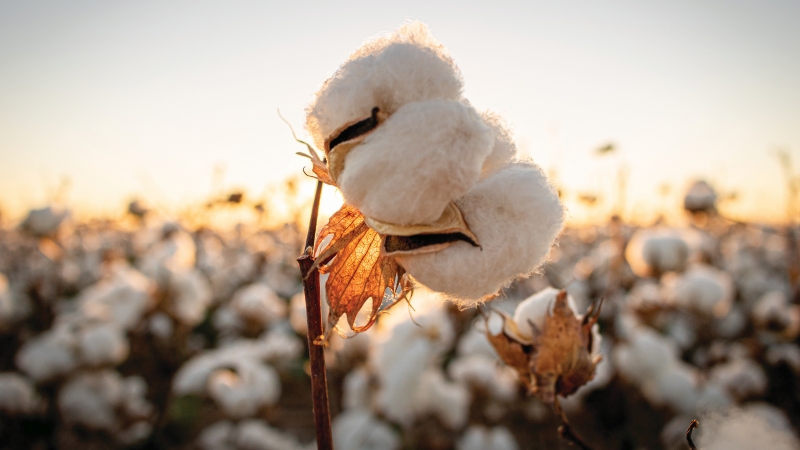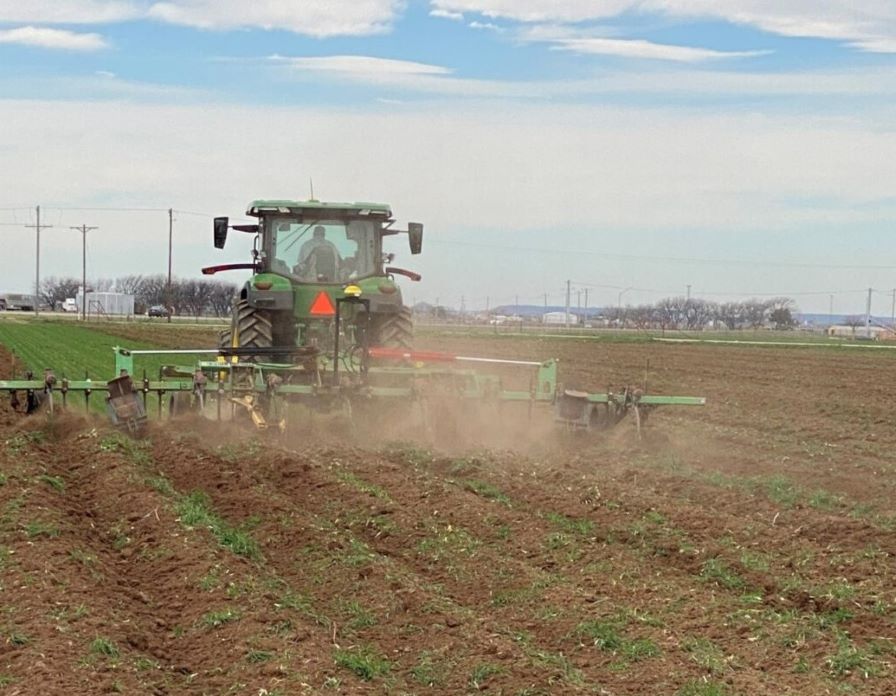Shurley on Cotton: Exports Continue Upward Trend
USDA’s monthly supply and demand estimates were released April 11, and, as expected, U.S. cotton exports for the 2016 crop year (which ends July 31) were increased.
Exports are now projected to total 14 million bales. This is an increase of 800,000 bales from the March estimate of 13.2 million bales.
Exports have been doing extremely well, and the revision upward was expected – although the 14 million number was probably higher than most expected USDA to come out with. The 14 million is certainly justified. It was just unknown if USDA would make a huge jump all in one month.
The latest export figures for the week (7-day period) ending April 6 will come out on April 13. The current report (as of March 30) shows 2016 crop year export sales totaling 13.5 million bales – 102% of the 13.2 million bale March estimate and now 97% of the new estimate of 14 million bales. Actual shipments as of March 30 were 9 million bales – 64% of the now revised estimate.
With a little over 17 weeks remaining in the crop year as of March 30, shipments need to average about 294,000 bales per week to meet USDA’s revised estimate of 14 million bales. To put this in perspective, shipments for the week ending March 30 were 477,000 and the 4-week average was about 414,000 bales.
With exports doing so well and especially with the prospects for a larger crop this year, maybe it’s worth reiterating something I’ve said previously in this space. There are two fundamental ways to increase U.S. exports – increased mill demand (use) for cotton and/or increased market share for the U.S.
It is projected that U.S. exports will account for 39% of total World exports this marketing year. This compares to 26% share for the 2015 crop year and would be the highest in both exports and market share since 2010.
U.S. export sales to China (through March 30) totaled just over 2 million bales. This is more than double what was exported to China last crop year. Sales to Vietnam total 2.36 million bales. Turkey, Indonesia, and Mexico have also been big buyers.
U.S. cotton has been in high demand. Premiums for quality remain good. One of the reasons for the huge increase in market share this crop year is that exports from some of our major competitors are down 21%.
I would call the April report as “mixed” but should be supportive of prices. In addition to the big revision in U.S. exports, production was raised in Brazil and China, and World mill use was raised slightly. China’s expected mill use and imports remain at 36.25 and 4.5 million bales respectively. China’s ending stocks were raised by 250,000 bales – equal to the slightly larger crop.
After trending down most of the morning, prices (December 2017 futures) reacted in a wide range to the report and continued to decline, but closed up for the day. My focus here is on new crop because of the pending large acreage.
Of course, acres planted are less important than acres actually harvested and yield. But the 2017 crop could be in the neighborhood of 18.5 million bales, or about 1.3 million bales more than this past season. Yet, prices continue to range in the low 70’s and – also important – “support” at 72 cents remains intact.
Some might say it’s early and premature, but I think we can break this December 2017 market into three levels. Which level prices end up in will depend on many unknown factors:
- 74 cents and better. That’s maybe your “wish I’d done something” or “wish I’d done more” area. Who knows, maybe we’ll get there again.
- 72 to 74 cents. That’s where we are now. Don’t know what to do. It may end up being a decent price, but I sure wish price would go back up.
- 68 to 72 cents. Don’t want to be there, but it’s possible depending on U.S. crop, demand, and exports.
With four months remaining in the 2016 crop marketing year, we could see yet another increase in projected exports if sales and shipments remain strong. With the April increase in exports, U.S. ending stocks to carry into the 2017 crop year on August 1 would drop by that same amount of 800,000 bales.
We’ve got a potential 18.5 million bale crop for 2017. That’s 1.3 million bales more than last year, but we just trimmed 800,000 bales, or 61% of that, off the carry-in.
No one knows what is going to happen. By the time you read this, I could be all wrong and look like an idiot. It wouldn’t be the first or last time. For now, the market seems focused on exports and seems willing to discount other things. It could be that as long as exports are doing well and there’s likelihood that 14 million could become even more and ending stocks decline further, the market may have support.
As we approach planting and the growing season, new crop prospects will eventually come more to the forefront, tempered by the final numbers on the 2016 crop.









